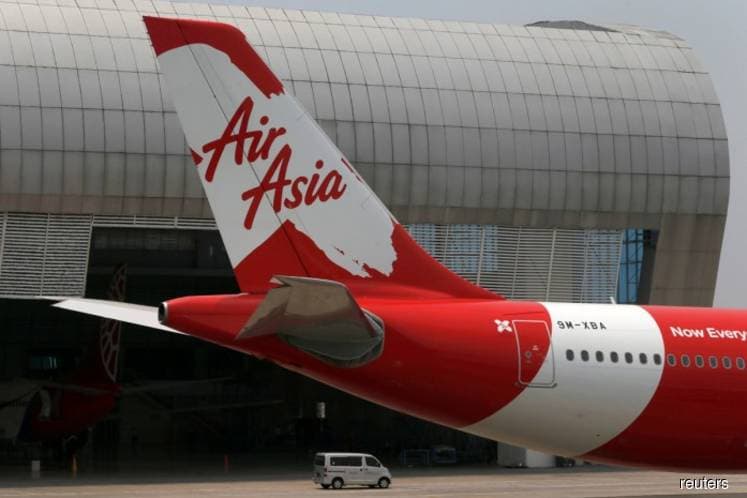
This article first appeared in The Edge Financial Daily on October 25, 2018
AirAsia X Bhd
(Oct 24, 24.5 sen)
Maintain neutral with a lower target price (TP) of 23 sen: We met with representatives from AirAsia X Bhd (AAX) to get updates on the group’s near to medium term business strategies.
To recap, AAX has been restructuring its routes since last year to move away from single-routed countries. Previously discontinued routes are Tehran (Iran) and Mauritius, with Kathmandu next to be cut. On the plus side, upcoming new route additions will be to Changsha and Tianjin in October and December 2018 respectively. The strategy going forward is to strengthen its core markets, that is, North Asia (greater China, Japan, Korea) and India. India currently has bilateral constraints which require airline carriers in India to have at least 20 aircraft before being allowed to fly international routes. AAX’s sister company AirAsia India is expected to operate around 20 aircraft by end-2018. Hence, this presents opportunities to the AirAsia Group to expand its routes from India, which we believe will partly help AAX leverage increased passenger demand from the new routes in the future.
With regard to Thai AirAsia’s (TAAX) initial public offering by next year, TAAX plans to submit applications to the exchange in February 2019, and expects to be listed by October 2019. TAAX is expected to receive up to four A330ceo aircraft by end-2018, of which one has already been delivered in April 2018. Additionally, it plans to lease another three aircraft in 2019. We understand that TAAX is potentially looking to go to Europe via Bangkok by the first half of 2019 (1H19).
Management decided to suspend the scheduled flights in Indoneisa AirAsia (IAAX) due to the challenging operational environment. Currently, it has two aircraft in its fleet, one of which will be returned to Malaysia, while another one will remain in IAAX to serve for umrah charters (Jakarta to Jeddah).
Cost per average seat kilometre (CASK) for 1H of financial year 2018 (1HFY18) increased 1.2% year-on-year (y-o-y) due to higher fuel price and the weakening ringgit against the US dollar. CASK ex-fuel for 1HFY18 declined 6% y-o-y, however, reflective of operational improvements. This was achieved mainly through cost-saving initiatives, which include turnaround flights for selected shorter distance routes such as Perth, Bali, Taipei and renegotiation of contracts, that is, ground handling, airport incentives, and improved aircraft utilisation rate.
Earliest aircraft delivery from Airbus is only expected to be around November to December 2019. Until then, AAX will lease the 12-year old A330ceo to support growth through short-term leases (average six-year period). We understand that the current lease rate is very attractive due to excess supply of aircraft in the market. The aircraft leasing industry is seeing the emergence of inexperienced lessors from China offering lower rates as compared with seasoned players. This disruption in the overall aircraft leasing market could nevertheless serve as a blessing to airline carriers over the next three to four years, as more movements in the market could continue to keep rates low.
Management is targeting average seat kilometre growth of around 20% in 2019 for the group, which will be mainly from expansions in TAAX. Average base fare is expected to be depressed due to new route introductions. However, this will be cushioned by improved ancillary income owing to the higher number of passengers carried, with targeted load of 83% group-wide. Fuel hedging remains low at 18% with an average cost of US$72 (RM299.52) per barrel (bbl) in 2018, and 8% to 9% at an average fuel cost of US$88/US$89 per bbl in 2019.
We revised our earnings forecast downward amid lower average fare expectations and rising fuel costs. We impute higher fuel price assumptions to US$85 per bbl from US$75 to US$80 per bbl previously. These reduce our earnings by an average of 73% for FY18 to FY20. We maintain our “neutral” recommendation at a lower TP of 23 sen, based on 10 times multiple (eight times previously) to FY19 forecast earnings per share, which is in line with regional low-cost carrier averages. — PublicInvest Research, Oct 24